Spinnerbaits
The top 10 lures for bass fishing during the spawn all start with spinnerbaits. Spinnerbait fishing may be a very productive strategy while bass are spawning. Spinnerbaits are adaptable fishing lures that are excellent for pursuing bass in many types of cover and structure.
It’s crucial to concentrate on regions where bass are probably spawning while using spinnerbaits during the spawn. These locations frequently have shallow water close to foliage, rocks, and other forms of cover. To find regions where bass have cleansed the area for spawning, look for areas with clean bottoms.
Spinnerbaits can be retrieved slowly enough that the blades can flash and whirl like a baitfish or other type of prey. Additionally, you can speed up the retrieve to increase vibration and loudness, which may tempt aggressive bass to strike.
Consider employing a smaller size spinnerbait for the spawn because it will be simpler to fish in shallow water. To avoid snagging on vegetation, a spinnerbait with a weed guard might also be useful. To find out what the bass are interested in, try out various blade colors and sizes.
Overall, using spinnerbaits to catch bass during the spawn can be very effective. It’s critical to monitor the water and environmental factors and modify your strategy as necessary. You can master the art of spinnerbait fishing during the bass spawn with some time and effort.
When bass are spawning, spinnerbaits can be a productive bait. The following advice will help you use spinnerbaits in the spawn:
- Choose the right size and color. During the spawn, bass can be very selective about the size and color of the bait they will bite. Choose a spinnerbait that matches the forage in the area and use a size that is appropriate for the size of the bass you are targeting.
- Fish the spinnerbait slowly. During the spawn, bass can be lethargic and may not want to chase a fast-moving bait. Fish the spinnerbait slowly and allow it to bump into structure or cover to trigger a strike.
- Use a trailer hook. Adding a trailer hook to your spinnerbait can increase your hook-up ratio, especially when fishing around cover or structure.
- Experiment with blade combinations. The blades on a spinnerbait can affect its action and vibration in the water. Experiment with different blade combinations to find what works best in the area you are fishing.
- Target spawning areas. During the spawn, bass will be in shallow water near spawning areas. Look for areas with hard bottom substrate, such as gravel or rocks, and fish the spinnerbait around these areas.
- Fish in low light conditions. During low light conditions, such as early morning or late evening, bass may be more willing to feed. Fish the spinnerbait during these times for the best chance of success.
Overall, spinnerbaits can be a versatile and effective bait for catching bass during the spawn. With the right presentation and technique, you can increase your chances of catching a trophy-sized bass.
Soft Plastic Worms
Bass can be caught using the well-liked and productive technique of soft plastic worm fishing during the spawn. During this time of year, the worm’s slow and subtle movement might tempt strikes from even the pickiest bass.
The regions where bass are most likely to be spawning should be your main concern when using soft plastic worms to fish during the spawn. These locations frequently have shallow water close to foliage, rocks, and other forms of cover. To find regions where bass have cleansed the area for spawning, look for areas with clean bottoms.
You can use a variety of techniques, including Texas rigging, Carolina rigging, and wacky rigging, to rig a soft plastic worm for the spawn. Texas rigging is a well-liked and adaptable technique that involves burying the hook in the body of the worm to make the bait weedless and snag-free.
It’s crucial to make the worm presentation to the fish slow and undetectable. Drag the worm down the floor, raising it occasionally and letting it fall back down. This can cause a bass to strike because it resembles the movement of a worm or other prey.
Consider utilizing a soft plastic worm in a natural shade like green pumpkin or black/blue when selecting one. To find out what the bass are interested in, experiment with various sizes and styles.
Overall, using soft plastic worms to fish for bass during the spawn can be very effective. It’s critical to monitor the water and environmental factors and modify your strategy as necessary. You can master the art of worm fishing during the bass spawn with some practice and perseverance.
- Choose the right color: The color of your soft plastic worm can make a big difference in whether or not the bass will bite. During the spawn, natural colors like green pumpkin or watermelon can be very effective.
- Rig it Texas-style: The Texas rig is a great way to fish soft plastic worms during the spawn. It allows you to fish the bait slowly along the bottom and through cover without getting snagged.
- Use a slow retrieve: During the spawn, bass are more likely to be guarding their nests, so they may not be as aggressive as they are at other times of the year. Use a slow, steady retrieve to mimic a baitfish or crawfish moving along the bottom.
- Fish around structure: Bass will often spawn near structure like logs, rocks, or weed beds. Fish your soft plastic worm around these areas, letting it sink slowly to the bottom and then retrieving it slowly.
- Try different sizes: Depending on the size of the bass in your area, you may need to adjust the size of your soft plastic worm. If you’re not getting bites with a larger worm, try downsizing to a smaller one.
- Experiment with different shapes: Soft plastic worms come in a variety of shapes, from straight tail to curly tail. Try different shapes to see what the bass in your area are most interested in.
- Use scent: Adding a scent to your soft plastic worm can make it more attractive to bass during the spawn. Try a scent that mimics the forage in your area, like crawfish or sh
Jigs
Jig fishing can be a productive method to catch bass during the spawn. Jigs are adaptable fishing lures that are excellent for pursuing bass in many types of cover and structure.
Focusing on regions where bass are probably spawning is essential when using jigs during the spawn. These locations frequently have shallow water close to foliage, rocks, and other forms of cover. To find regions where bass have cleansed the area for spawning, look for areas with clean bottoms.
Jigs can be slowly reeled in while imitating a crawfish or other prey by bouncing along the bottom. The jig can also be swum through the water column to resemble a baitfish. To entice strikes, try retrieving slowly and steadily or stopping and starting.
Consider using a smaller weight jig for the spawn because it will be simpler to fish in shallow water. To avoid becoming tangled up in vegetation, a jig with a weed guard can be useful. Additionally, you can experiment with various colors and trailers to see what the bass are drawn to.
Overall, using jigs to catch bass during the spawn can be very effective. It’s critical to monitor the water and environmental factors and modify your strategy as necessary. You can master the art of successful jig fishing during the bass spawn with some practice and perseverance.
- Choose the right size and color: During the spawn, bass tend to feed on smaller baitfish and crawfish, so choose a jig that is around 1/4 to 1/2 ounce and matches the color of the local forage.
- Fish slow: During the spawn, bass tend to be less aggressive and more focused on defending their nests. Fish the jig slowly along the bottom to mimic a crawfish or baitfish that is moving slowly.
- Target structure: Bass will often use structure such as rocks, logs, and weed beds to build their nests. Target these areas with your jig and fish it slowly along the bottom.
- Use a trailer: A trailer can add extra action to your jig and can make it more appealing to bass. Choose a trailer that matches the color and size of your jig.
- Vary your retrieve: Try different retrieve speeds and styles to see what the bass are responding to. A slow, steady retrieve with occasional pauses can be very effective during the spawn.
- Pay attention to water temperature: As the water temperature warms up during the spawn, bass will become more active and may be more willing to chase a faster-moving jig. Adjust your retrieve accordingly.
- Be patient: During the spawn, bass can be very finicky and may not be willing to bite. Be patient and persistent, and keep trying different techniques until you find what works.
Crankbaits
Crankbait fishing can be a productive method to catch bass during the spawn. Since crankbaits are adaptable fishing lures, they are excellent for pursuing bass in many types of cover and structure.
It’s crucial to concentrate on regions where bass are probably spawning while using crankbaits during the spawn. These locations frequently have shallow water close to foliage, rocks, and other forms of cover. To find regions where bass have cleansed the area for spawning, look for areas with clean bottoms.
Casting and retrieving can be used to fish using crankbaits, which bounce along the bottom to mimic a crawfish or other prey. Additionally, you can swim the crankbait like a baitfish through the water column. To entice strikes, try retrieving slowly and steadily or stopping and starting.
Consider employing a smaller size crankbait when selecting one for the spawn because bass are frequently eating on smaller food at this time. Another good option is a shallow diving crankbait that runs just above the bottom. You can also experiment with other colors to discover what attracts bass.
Overall, using crankbaits to catch bass during the spawn can be very effective. It’s critical to monitor the water and environmental factors and modify your strategy as necessary. You can become an effective crankbait fisherman during the bass spawn with some effort and perseverance.
Swimbaits
To capture largemouth bass during the spawn, swimbaits can be an excellent lure to employ. These lures mimic a range of prey items that bass enjoy eating, including shad, bluegill, and other small fish. Bass can become territorial and aggressive during the spawn, which increases their propensity to strike at a swimbait.
It’s crucial to focus on places where bass are probably spawning when using swimbaits during the spawn, such as shallow water close to cover or structure. In order to find regions where bass have cleared the environment for spawning, look for areas with clear water and clean bottoms.
Depending on the circumstances, different depths can be used to fish with swimbaits. You might want to fish the swimbait deeper in clear, sunny weather to get to the colder water where the bass might be hiding. You might wish to fish the swimbait higher in the water column in cloudy water to improve visibility.
Try a slow, steady retrieve or a stop-and-go retrieve when retrieving the swimbait to resemble an injured baitfish. Additionally, you can experiment with various swimbait sizes and colors to see what the bass are drawn to.
Overall, using swimbaits to catch huge bass during the spawn may be exciting and productive. It’s critical to monitor the water and environmental factors and modify your strategy as necessary. You can master the art of bass spawn swimbait fishing with some practice and persistence.
Tubes
Another good lure to use during the bass spawn is tube bait. These soft plastic lures imitate a range of prey, including crawfish, baitfish, and other tiny invertebrates that bass eat during the spawn, such as worms and insects.
When employing tube baits, it’s critical to concentrate on locations where bass are probably spawning. These locations frequently have shallow water close to foliage, rocks, and other forms of cover. To find regions where bass have cleansed the area for spawning, look for areas with clean bottoms.
The hook is usually inserted into the tube bait and the skirt is placed over the hook when fishing with a jig head and tube baits. Fishing tube baits can be done in a number of different ways, such as dragging them along the bottom, hopping them off the bottom, or swimming them through the water column.
To determine what the bass are interested in, it’s vital to experiment with various retrieves and speeds. Additionally, you can experiment with various tube bait sizes and colors to see what works best in the specific body of water you are fishing.
Overall, employing tube baits to catch bass during the spawn can be very effective. It’s critical to monitor the water and environmental factors and modify your strategy as necessary. You may become an effective tube bait fisherman during the bass spawn with some practice and perseverance.
Flukes
Another well-liked bait used during the bass spawn is the luke. These soft plastic baits can be used in a variety of ways to elicit strikes from bass during the spawn. They are made to look like baitfish.
Focusing on places where bass are probably spawning is essential when utilizing flukes during the spawn. These locations frequently have shallow water close to foliage, rocks, and other forms of cover. To find regions where bass have cleansed the area for spawning, look for areas with clean bottoms.
Flukes can be trolled on a weightless or lightly-weighted hook, which enables them to move through the water slowly and organically. Additionally, you can fish them with a quicker retrieve to imitate baitfish running away.
To determine what the bass are interested in, it’s vital to experiment with various retrieves and speeds. Additionally, you can experiment with various fluke sizes and colors to discover which ones perform best in the particular body of water you are fishing in.
Overall, utilizing flukes to catch bass during the spawn can be very effective. It’s critical to monitor the water and environmental factors and modify your strategy as necessary. You may become a skilled fluke fisherman during the bass spawn with some time and effort.
Topwater Lures
Using topwater lures to catch bass during the spawn can be fun and successful. Topwater lures can be particularly effective in shallow water where bass are spawning because they mimic prey that is on the water’s surface, such insects or baitfish.
It’s crucial to concentrate on regions where bass are probably spawning when using topwater lures during the spawn, such as close to cover or structure in shallow water. In order to find regions where bass have cleared the environment for spawning, look for areas with clear water and clean bottoms.
Poppers, walking baits, and buzzbaits are just a few topwater lures that can be productive during the spawn. When retrieved, poppers generate a popping or splashing sound on the water’s surface that may draw bass. When retrieved, walking baits, commonly referred to as “walk the dog” lures, produce a motion that resembles that of a baitfish. Bass can be drawn in by a buzzing sound and vibration that buzzbaits produce on the water’s surface.
It’s crucial to operate topwater lures gently and meticulously while utilizing them during the spawn. Near cover or a structure, cast the lure, and then retrieve it slowly and methodically, pausing now and then to let the lure rest on the water’s surface. Keep an eye on the bass’s behavior; if they’re acting aggressively, you might be able to recover the bait more rapidly; however, if they’re acting cautiously, slow and steady retrieves might work better.
Overall, using topwater lures to catch bass during the spawn may be thrilling and fun. You can master topwater fishing during the bass spawn with a little time and effort.
Jerkbaits
Using jerk baits to catch bass during the spawn can be successful. Long, slender lures called jerk baits are made to resemble baitfish. They can be caught in a variety of ways, but while the spawn is in full swing, a slow, deliberate retrieval can be quite productive.
It’s crucial to concentrate on regions where bass are probably spawning while utilizing jerk baits during the spawn. These locations frequently have shallow water close to foliage, rocks, and other forms of cover. To find regions where bass have cleansed the area for spawning, look for areas with clean bottoms.
Jerk baits can be cast in a slow, twitching manner to mimic a wounded baitfish’s motions. In clear water where bass can see the bait from a distance, this can be quite successful. You can also stop retrieving the lure and let it hang in the water for a while. This frequently results in a strike.
Consider using a smaller size jerk bait for the spawn because it will be simpler to fish in shallow water. You can also experiment with other colors to discover what attracts bass.
Overall, utilizing jerk baits to catch bass during the spawn can be very effective. It’s critical to monitor the water and environmental factors and modify your strategy as necessary. You may become an effective jerk bait fisherman during the bass spawn with some practice and perseverance.
Creature Baits
Using creature baits during the spawn can be an effective technique for catching bass. Creature baits are soft plastic lures that are designed to mimic a variety of prey, such as crayfish and insects. They come in a range of sizes, shapes, and colors, making them versatile lures for targeting bass in different types of cover and structure.
When fishing with creature baits during the spawn, it’s important to focus on areas where bass are likely to be spawning. These areas often include shallow water near cover such as logs, rocks, and vegetation. Look for areas with clean bottoms, as this indicates that bass have cleared the area for spawning.
Creature baits can be fished slowly, allowing the lure to bounce along the bottom, imitating a crawfish or other prey. You can also swim the bait through the water column, mimicking a baitfish. Try using a slow, steady retrieve, or a stop-and-go retrieve to entice strikes.
When choosing a creature bait for the spawn, consider using a smaller size as it will be easier to fish in shallow water. A bait with a natural color, such as brown or green, can work well in clear water, while a brighter color, such as chartreuse or pink, can be effective in murky water. You can also experiment with different styles, such as those with multiple legs or claws, to see what the bass are interested in.
Overall, fishing with creature baits during the spawn can be a great way to catch bass. It’s important to pay attention to the water and conditions, and to adjust your technique accordingly. With some practice and patience, you can become a successful creature bait fisherman during the bass spawn.
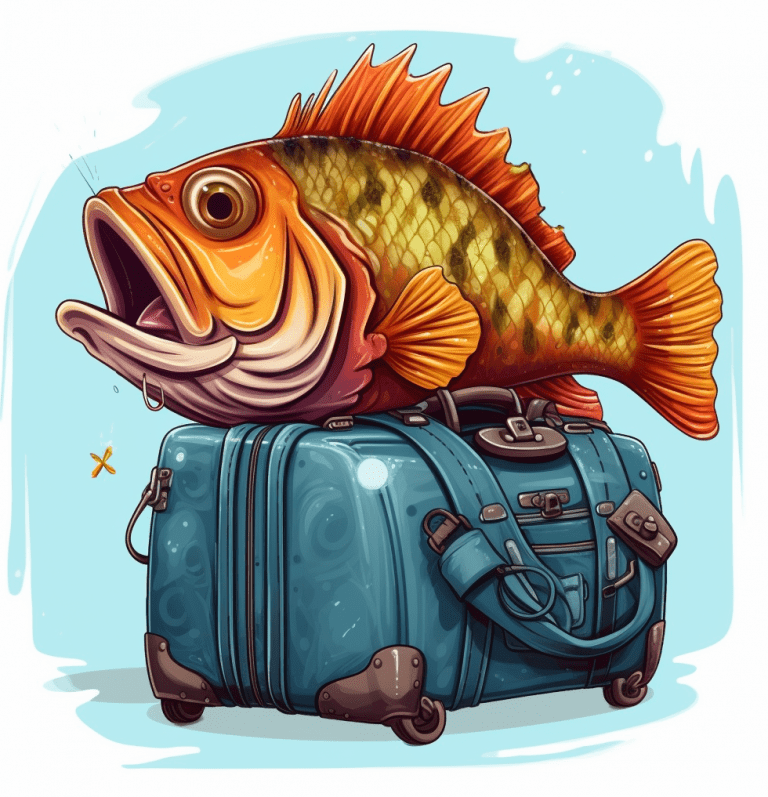
Top Lures For Bass During the Post Spawn
General Post Spawn Tips Keep in mind that bass fishing is not an exact science and that your performance will depend on a number of variables, such as the water’s temperature, the weather, and the behavior of the fish. Your chances of capturing post-spawn bass will rise if you are persistent and patient. Additionally, it’s […]
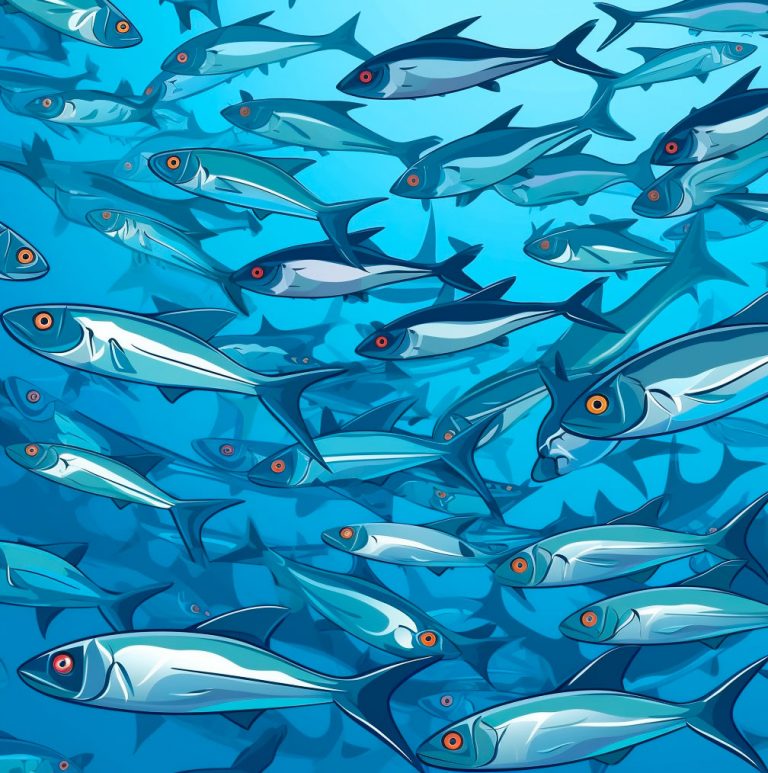
How To Catch Bass During The Shad Spawn
Hello, everyone of you out there who enjoy fishing! Catching bass during the shad spawn is one of my favorite fishing methods, therefore today I want to discuss it. As you may already be aware, one of the most significant occasions on the fishing calendar is the shad spawn. The shad population swarms around the […]
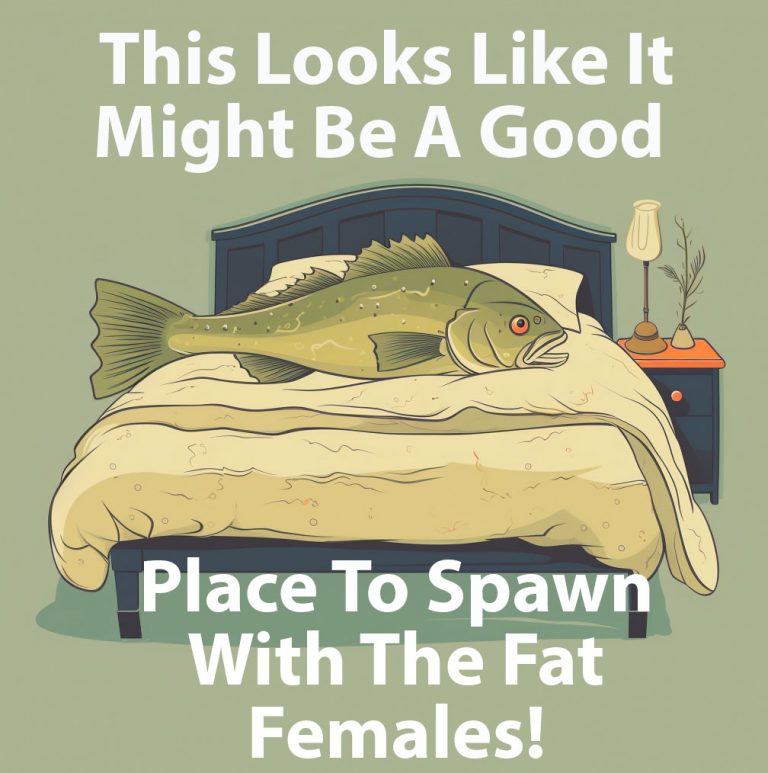
Top 10 Pre-Spawn Bass Fishing Lures
The top ten pre-spawn bass fishing lures will be covered in this post to increase your chances of catching your personal best bass this spring! The top 10 lures for bass pre-spawn fishing might vary based on the body of water and the weather, but the following are some typical lures that are frequently successful […]
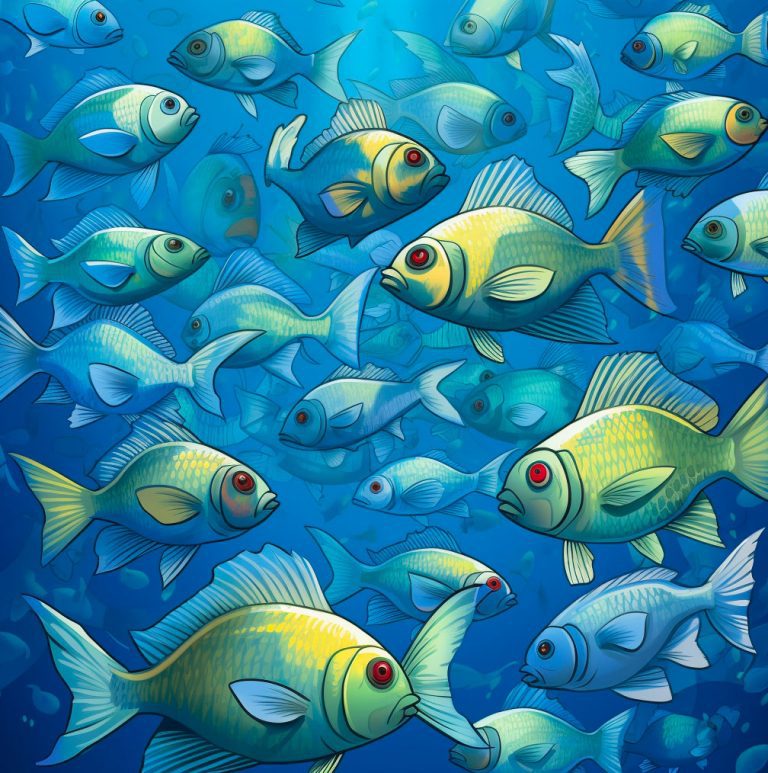
How To Catch Bass During The Bluegill Spawn
Introduction Good day, fellow fishermen! If you’re anything like me, Mike, you enjoy the rush of hooking a large bass. During the bluegill spawn, which normally takes place in the spring and early summer, is one of the finest times of year to catch bass. Based on my personal knowledge and study, I’m going to […]
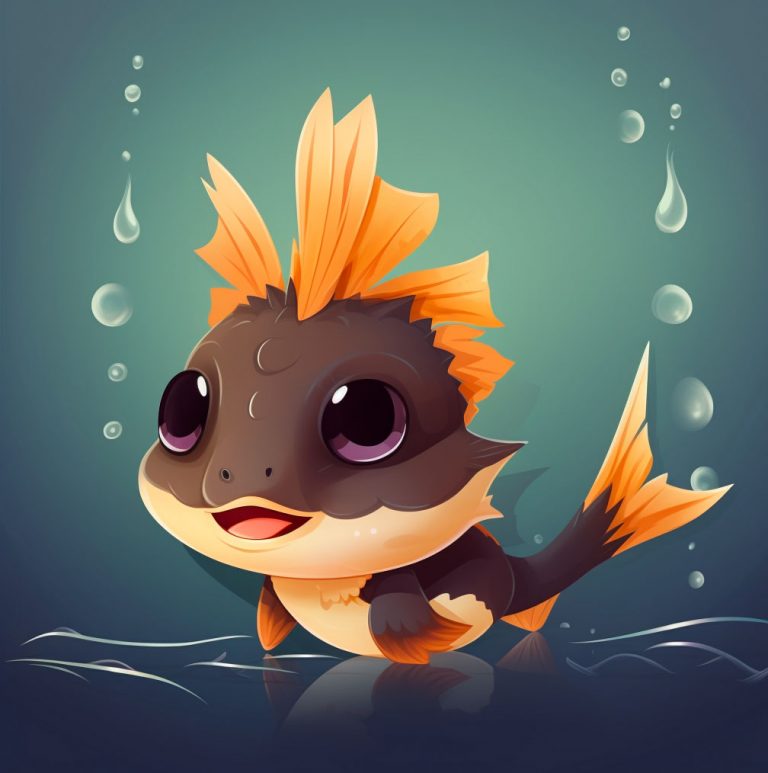
How To Catch Bass During The Catfish Spawn
I love to fish for bass and am constantly seeking for innovative and fun ways to capture fish. Targeting bass during the catfish spawn is one strategy I have discovered to be especially successful. Fishing during this season might be challenging, but with the correct techniques and equipment, you can catch a lot of good […]
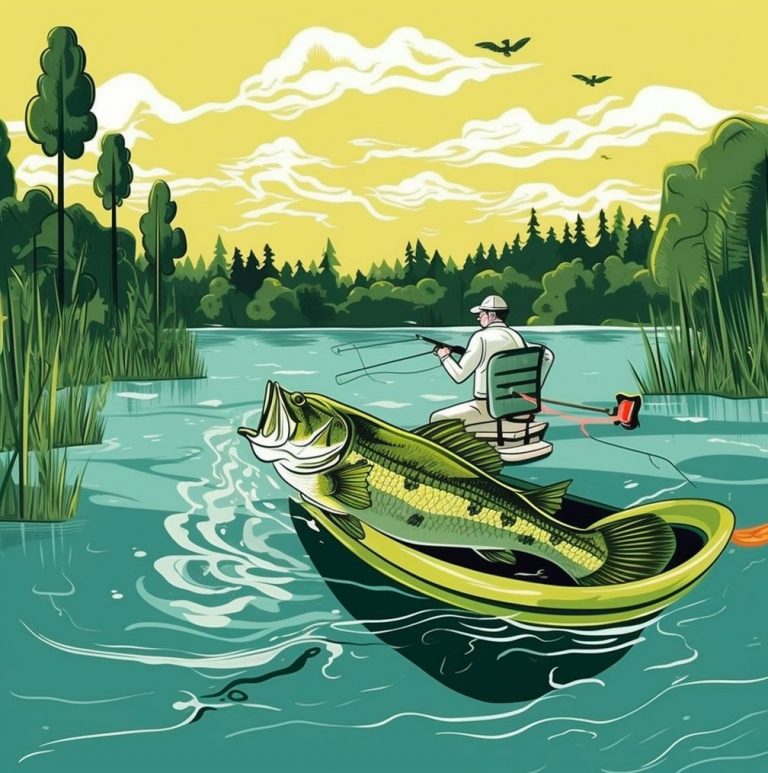
How To Catch Bass In April
Ah, April – my favorite month of the year. The flowers are blooming, the days are getting longer, and most importantly, the bass are starting to bite. As an avid fisherman, I know that this time of year is prime for bass fishing. But where do I find them? Well, let me tell you about […]

